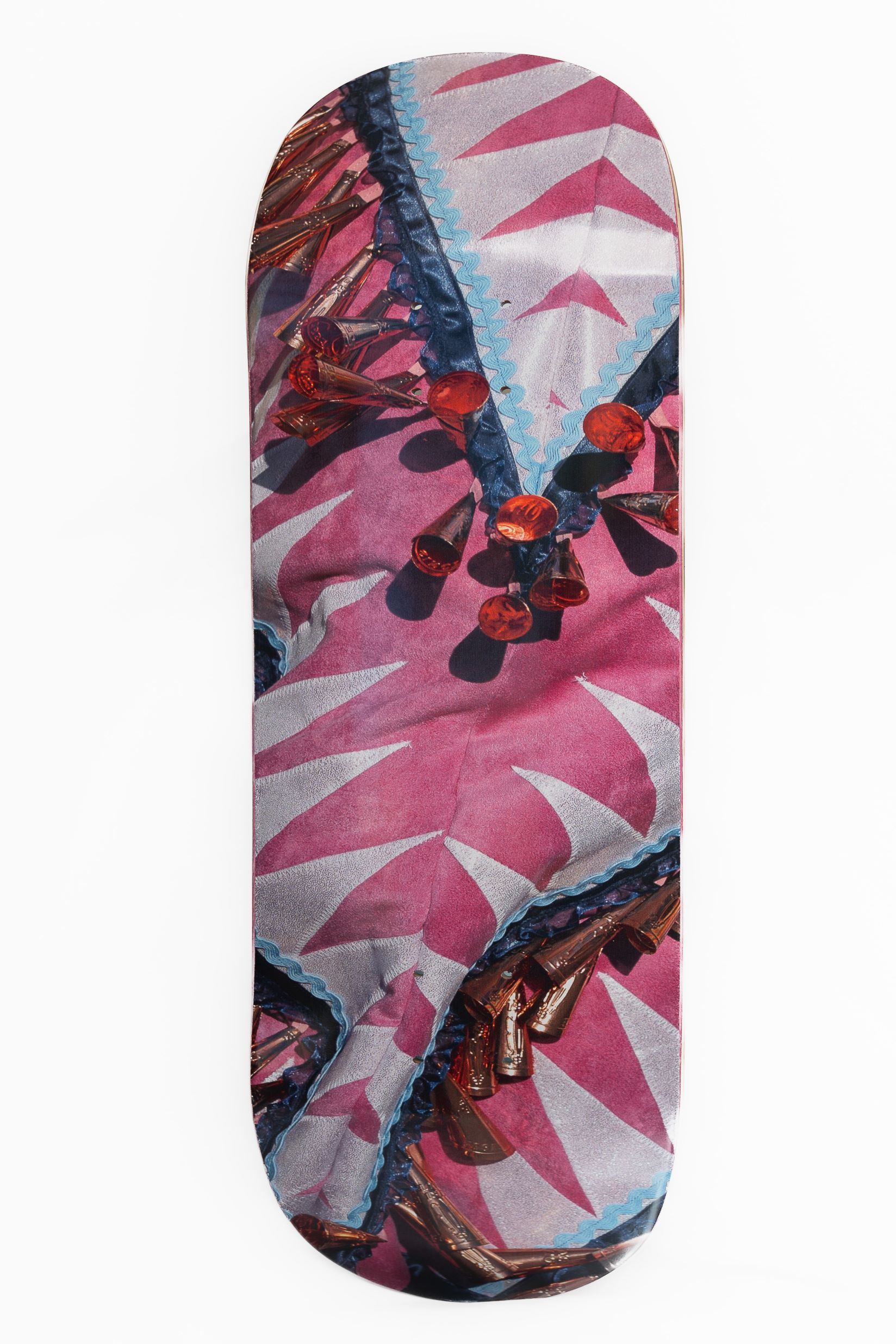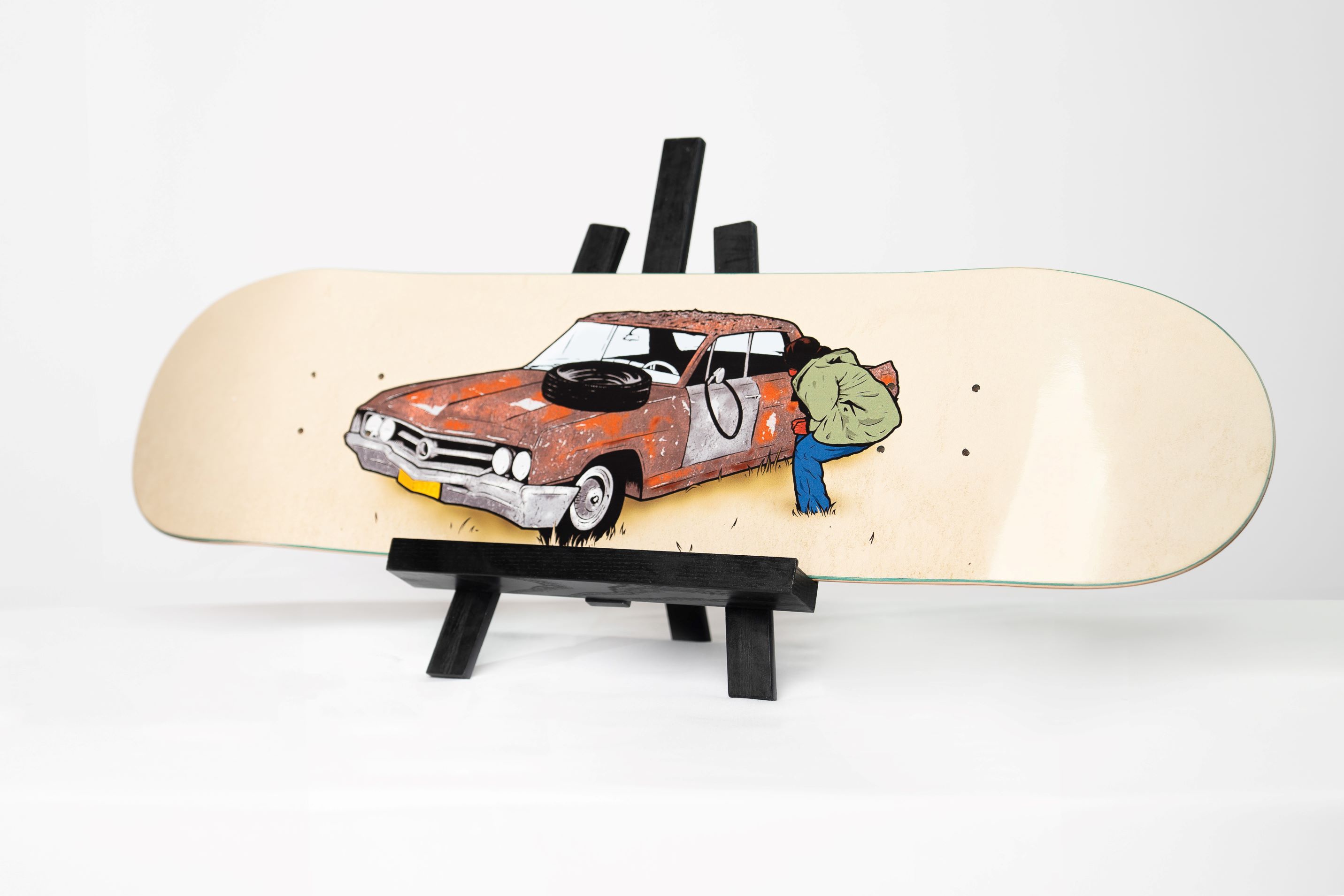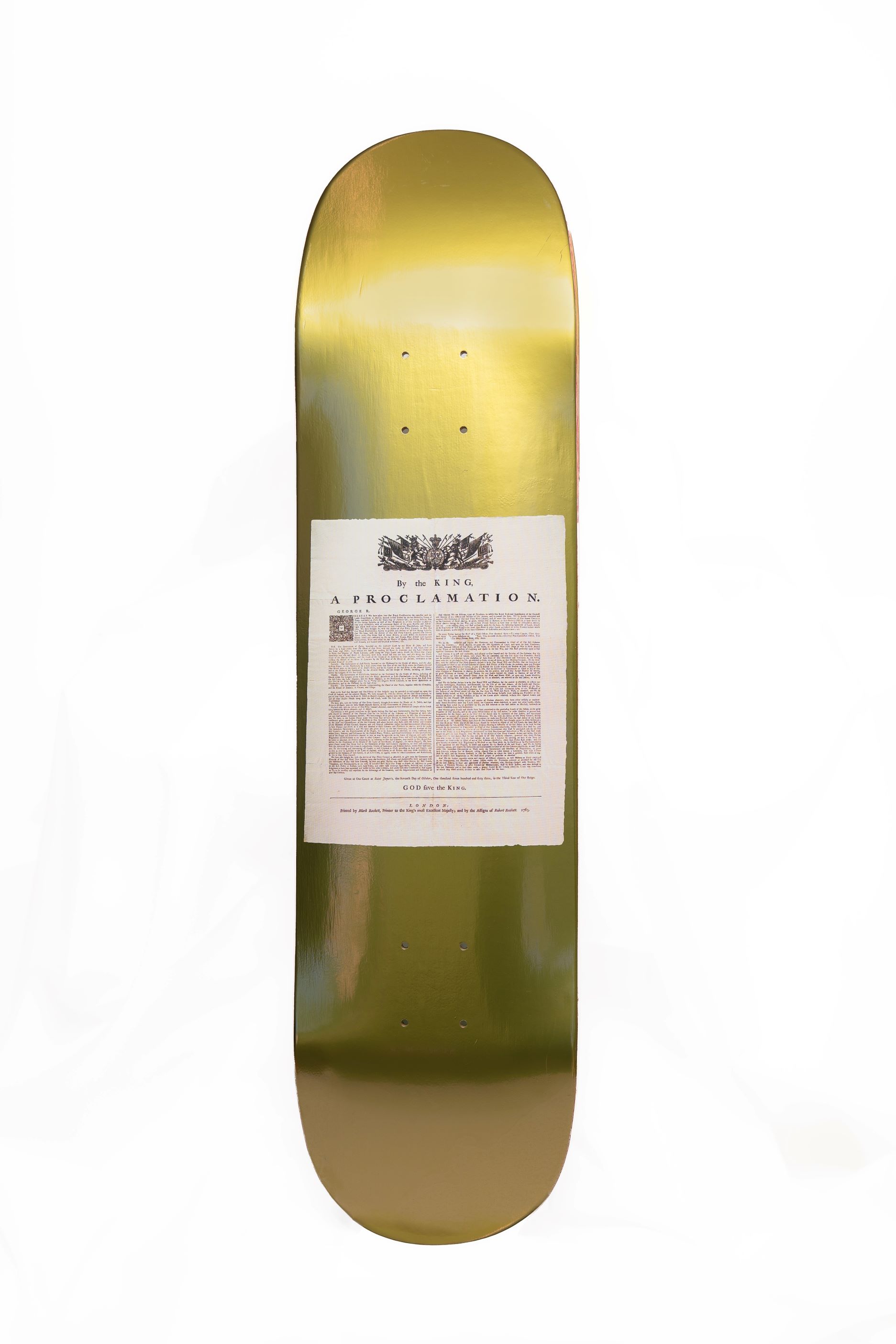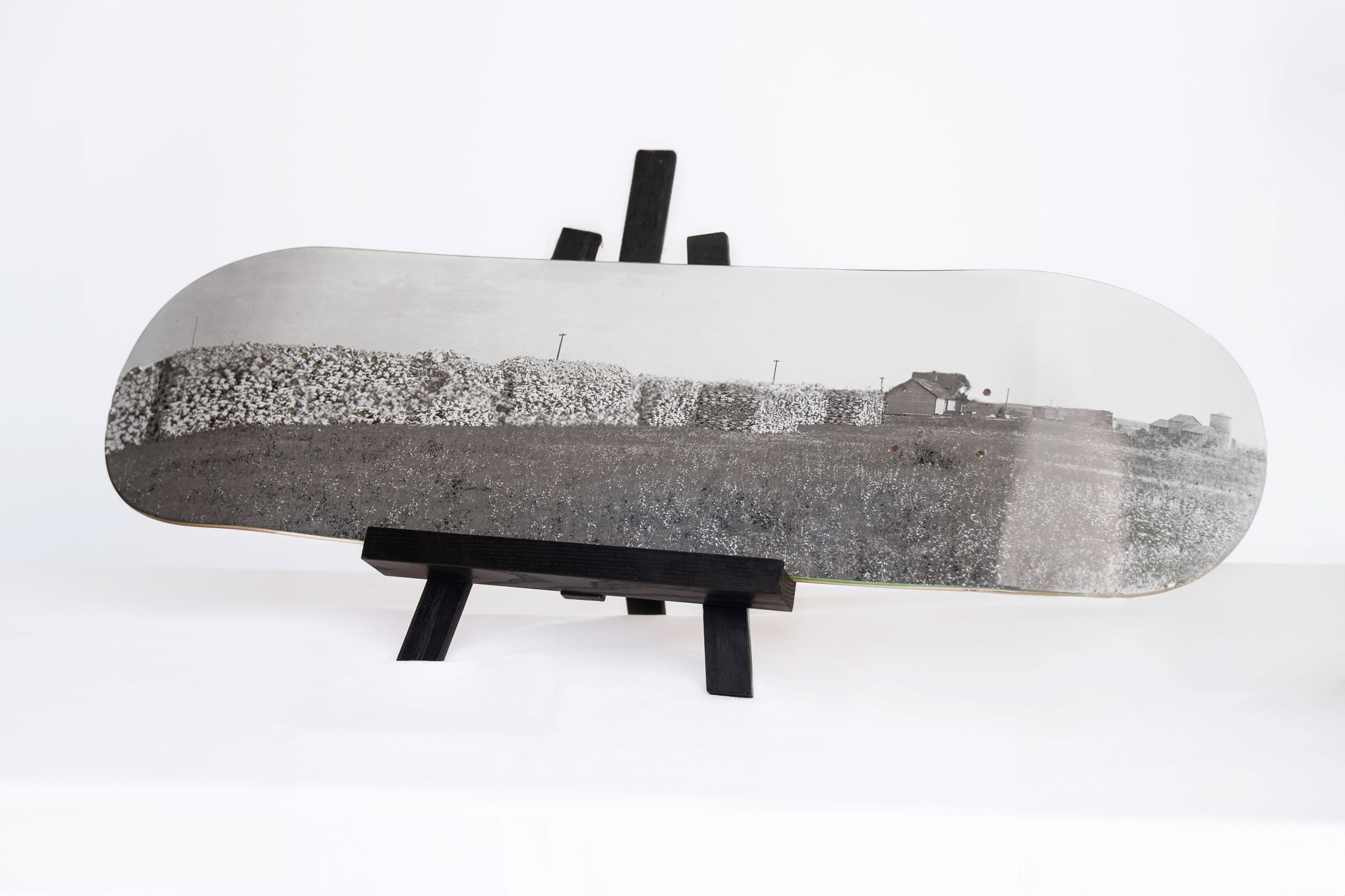 Buffalo Deck
Buffalo Deck
This re-issue graphic from Colonialism explores the mass extermination and near extinction
of the plains buffalo – a fundamental consequence of colonization in North America,
and particularly Canada. Prior to (and even after) the arrival of European settlers,
Indigenous peoples largely subsisted on the buffalo, hunting them on foot with the
use of spears and other handmade weapons. Indigenous peoples depended on this valuable
resource for their way of life, and the buffalo evolved into an integral part of their
culture. There were more than 120 uses for the buffalo and virtually every part of
the animal, including the bones, were used. As generations passed, Indigenous peoples
mastered their techniques, eventually killing mass quantities of buffalo in a single
hunt while still maintaining healthy buffalo populations. This was the case with the
‘buffalo jump’, a communal practice through hunters would drive a herd of buffalo
over a cliff, breaking their limbs and making them immobile (if not outright killing
them), and immediately finish the hunt using their handmade weapons. This strategy
was used for generations before European newcomers introduced hunting aids of their
own – the consequences of which would prove to be disastrous.
|
|
|

Jingle Dress Deck
Colonialism celebrates a very important Indigenous woman in the skateboard community
on Turtle Island and a team rider for Colonialism. Rosie Archie is from Tsq'escen'
(Canim Lake) of the Secwepemc (Shuswap) Nation. Tsq’escenemc means “The People of
Broken Rock” and they are part of the lakes people of the Northern Shuswap. Rosie’s
traditional language that she learned growing up is Secwepemcstin, known as the Shuswap
language. Rosie has been skating for years and is known for incorporating and celebrating
her culture through skateboarding.
The graphic on the skateboard is Rosie’s Jingle Dress. It was made by her cousin,
Mary Archie. The dress is worn when Rosie dances at Powwows but also helps Rosie heal
and heal others while connecting with herself to Mother Earth. The pro graphic honors
the deep history and education attached to the Jingle Dress. The Jingle Dress is a
symbol of – Prayer and Healing – the Dress is worn for dancing by women, girls, and
two-spirit individuals.
|
 Buffalo Deck
Buffalo Deck Powwow Highway Deck
Powwow Highway Deck The Royal Proclamation of 1763 Deck
The Royal Proclamation of 1763 Deck

 Buffalo Bones Deck
Buffalo Bones Deck Concho Belt
Concho Belt